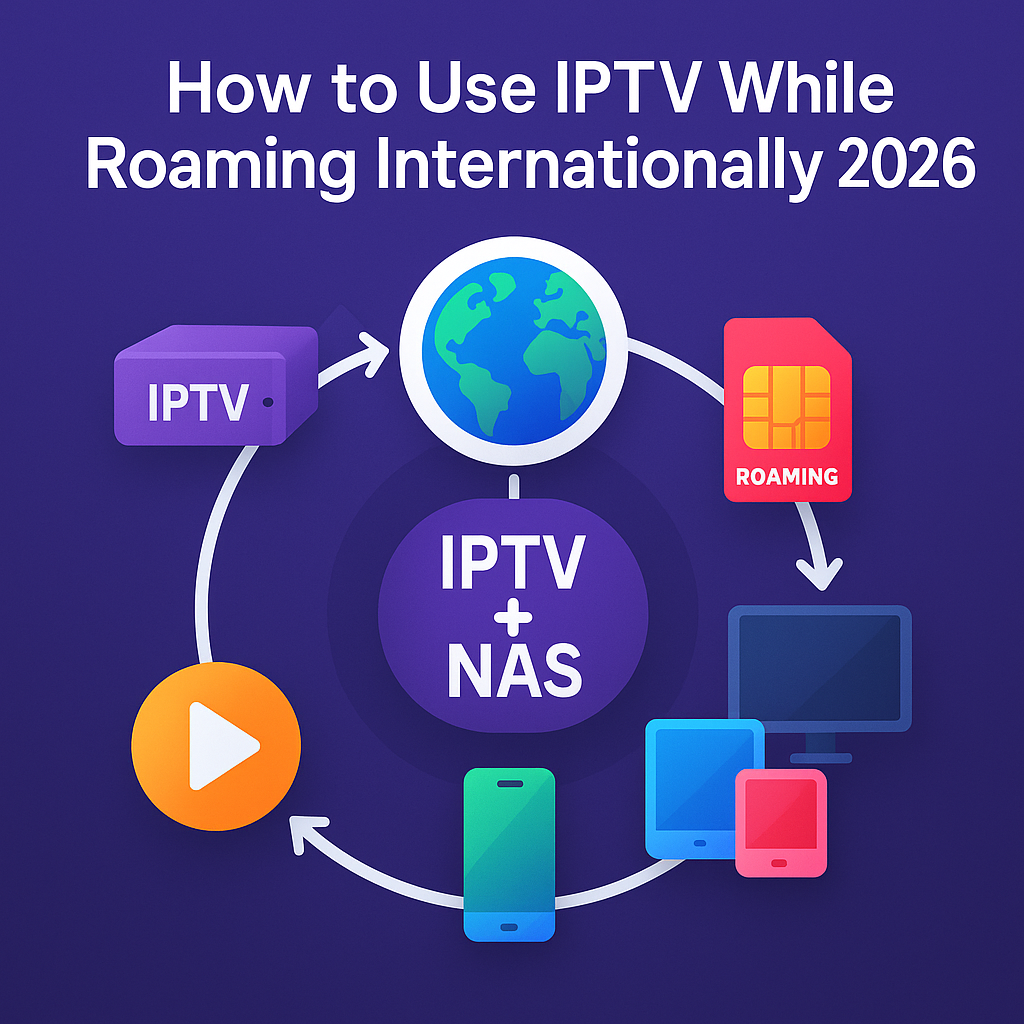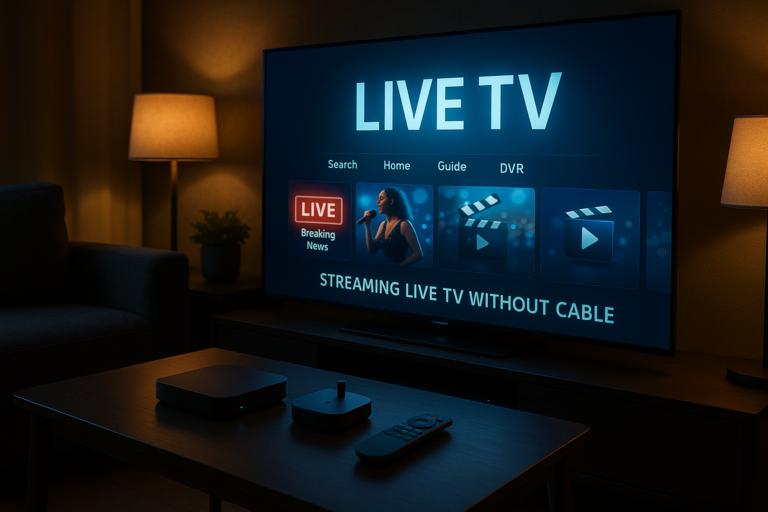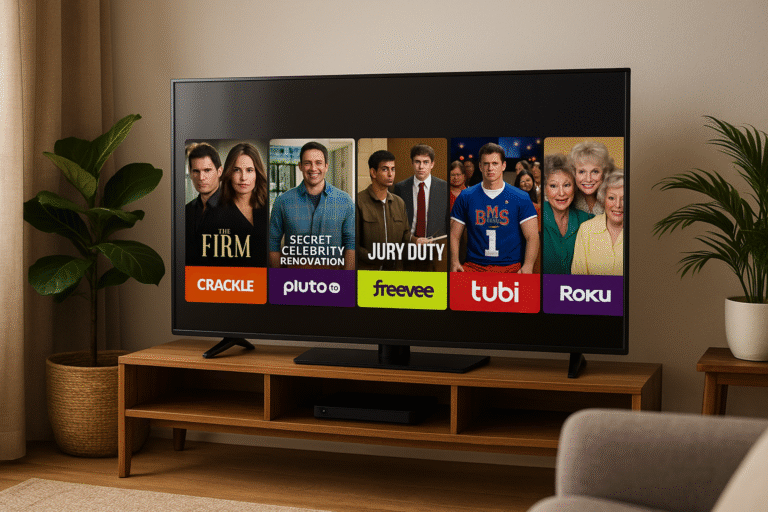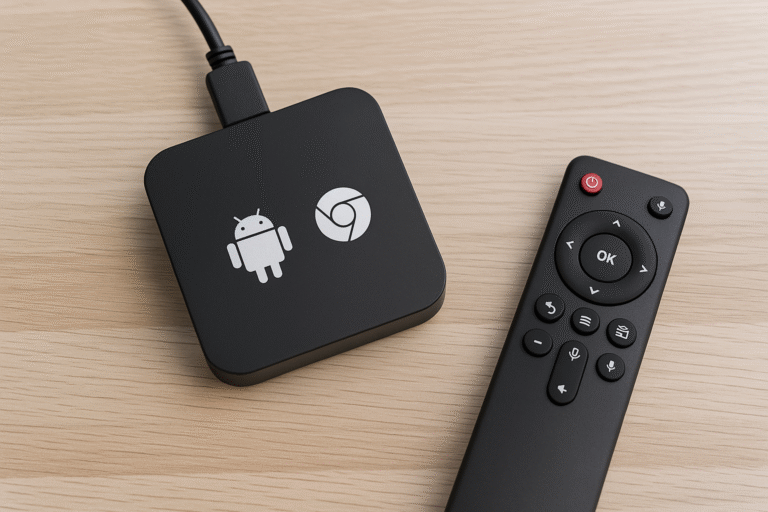How to Use IPTV While Roaming Internationally 2026

Part 1: Intro, Background & Why This Matters + Setup Basics
Picture this: you land in a foreign country. You miss your evening show back home. You open your IPTV app… and nothing works. Local restrictions, geo-blocks, or ISP limitations kill your mood. That’s where **IPTV international roaming** comes in. With the right setup, you can stream your favorite channels anywhere in the world in 2026—and with fewer headaches than you think.
Back in the day, traveling with IPTV meant constant VPN struggles or totally losing access. But in 2026, things have changed. More providers support international access, smarter VPNs bypass blocks automatically, and mobile networks are faster—so streaming on the go is increasingly realistic.
Why does this matter? Because enjoying IPTV while abroad means staying connected to home: your local news, your favorite shows, family channels. It’s comforting. Plus, it’s practical—no need to hunt for local streaming apps everywhere you travel.
- Flexibility. Watch what you want from any country.
- Continuity. You don’t lose your playlist or settings when traveling.
- Value. You avoid paying for new apps in every country.
How to Set Up IPTV for International Roaming
Let’s break into the steps. This is Part 1—focus is on setup and getting your first international stream working.
- Step 1: Get a reliable VPN with global coverage. Not all VPNs handle IPTV reliably. Choose one with dedicated streaming servers, fast speeds, and obfuscation to hide IPTV traffic.
- Step 2: Sign up for a provider that allows international access. Some IPTV subscriptions block foreign IPs. When picking a plan, confirm they allow streaming outside your home country.
- Step 3: Install the IPTV app (or use a player) that supports remote streaming. Apps like IPTV Smarters, GSE Smart IPTV, or VLC (with proper config) can connect to remote servers.
- Step 4: Set up DNS or Smart DNS (if supported). This technique can be faster than VPNs—redirects only your IPTV traffic through proxy servers without touching your entire network.
- Step 5: Pre-test in your home country. Before traveling, test the entire chain: VPN + IPTV + playlist + remote connection. Fix issues before you leave.
- Step 6: Use mobile data as backup (with awareness). If Wi-Fi at your hotel is restricted, your 4G/5G SIM (with roaming) can pick up the slack, but be careful of data caps.
Pro tip: On devices like routers, you can run VPN at the router level. That means all devices (TV, phone, laptop) automatically use the VPN—not just your phone.
Part 2: Advanced Tips, Troubleshooting, Reality Check & Verdict
Advanced Tips & Optimizations
- Use multi-server or fallback VPN modes. If your VPN connection to one server fails, the app can switch to another automatically.
- Route only IPTV traffic. Split tunneling can send IPTV through the VPN while other traffic goes direct—reducing load and latency.
- Optimize buffer & caching settings. Increase buffer to handle temporary network dips on mobile or hotel Wi-Fi.
- Use portable routers with built-in VPN. These let you set up your own Wi-Fi hotspot anywhere, already routed through your secure VPN.
- Keep your playlist local. Store a backup M3U file on your device—if your provider’s server temporarily blocks you, you still have access.
Reality Check
Let’s be blunt—**IPTV international roaming** is awesome in theory, but it’s not flawless in practice. Many countries use deep packet inspection (DPI) to block IPTV/VPN traffic. Some hotel or public Wi-Fi networks restrict certain ports. Your mobile network may throttle streaming. And of course, your VPN might not always choose the best server.
In 2026, things are better. VPN providers know how to mask IPTV. But your experience will vary. If your internet is strong and your provider supports roaming, you’ll stream smoothly. If not—brace for occasional failures or fallback to lower resolutions.
FAQ
- Q: Will IPTV work in all countries?
A: Usually yes—but some countries heavily block VPNs or streaming services. Use a VPN that emphasizes obfuscation. - Q: Can I use my usual SIM data?
A: Yes, if your roaming plan allows. But check costs and data caps first. - Q: Do I need a different IPTV account abroad?
A: Not if your provider supports international usage. If not, you may need a travel-friendly subscription. - Q: Will latency be high?
A: It depends on distance to the VPN/IP server. Use local nodes or servers close to your location. - Q: Should I use Smart DNS or VPN?
A: Smart DNS is faster but less secure. VPN is safer and more flexible for IPTV roaming.
Final Verdict
Streaming **IPTV while roaming internationally** in 2026 is more doable than ever. With a solid VPN, the right provider, and smart setup, you can carry your home channels with you around the world. But it isn’t perfect—expect occasional hiccups depending on local networks and restrictions.
My verdict? Don’t travel unprepared. Set this up ahead of time, choose a provider that supports roaming, and always have fallback options. With that, you’re golden.
👉 Ready to stream IPTV seamlessly across borders? Check here: https://www.cccam2.com/premium-iptv/






